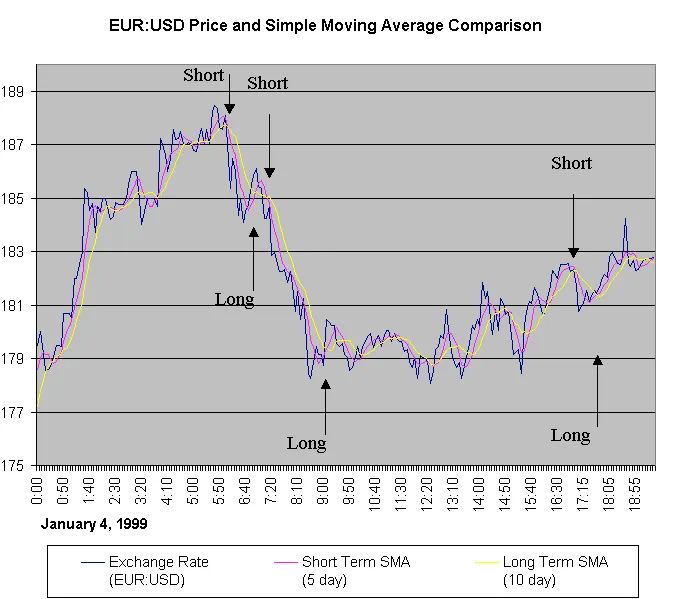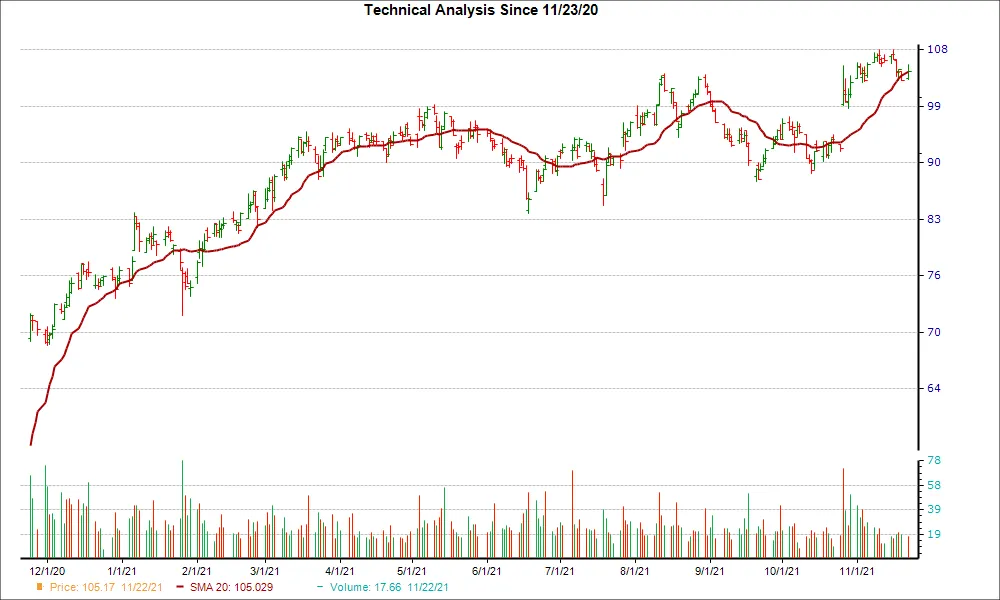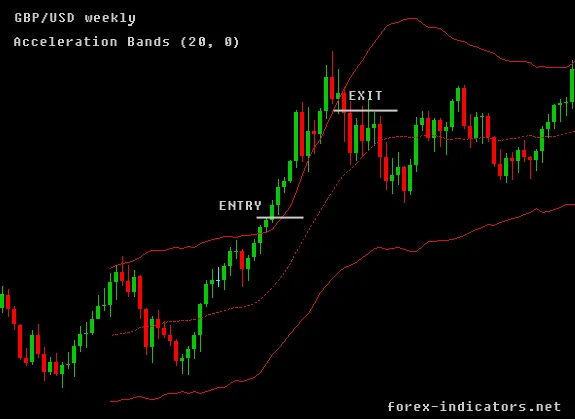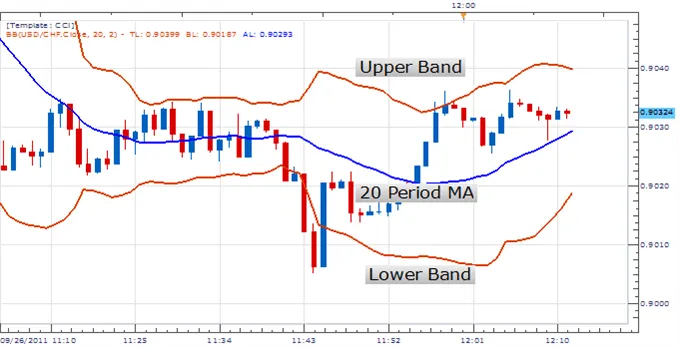Stochastic Oscillator (Slow) Study
By Samantha Baltodano
TL;DR:
The Slow Stochastic Oscillator is calculated by finding the 3-day SMA of the Fast Stochastic Oscillator value. In doing this, the Slow Stochastic is less sensitive to changes in a security’s price and can produce better quality signals and less false crossovers.
What Is Slow Stochastic Oscillator Study?
The Stochastic Slow study is a 'slower' version of the stochastic oscillator. Both versions are based on the observation that when the market is on an upward trend, prices tend to close near the upper end of the price range. In downtrends, closing prices will often approach the lower end of that price range.
Formula for the Slow Stochastic Oscillator
Just like the Fast Stochastic Oscillator, we need to start by finding the %K value using the following formula:
%K = (C - L14 / H14 - L14) * 100
where:
C = the most recent close price
L14 = The lowest price traded of the 14 previous trading sessions
H14 = The highest price traded during the sam 14-day period
%K = The current value of the fast stochastic indicator
That %K value is where you’d stop if you’re only looking for the Fast Stochastic Oscillator.
To find the Slow Stochastic Oscillator value, %D, you need to calculate the average of the Fast Stochastic Oscillator over the last 3 days.
%D = 3-day SMA of %K
What’s the Difference Between Fast Stochastic and Slow Stochastic?
The fast stochastic is more sensitive than the slow stochastic to changes in the price of a security. This results in more trade signals for the fast stochastic.
By taking the 3-day SMA of the fast stochastic, %K, you increase the quality of your trade signals and reduce the number of false crossovers.
An easy way to remember the difference between the two technical indicators is to think of the fast stochastic as a sports car and the slow stochastic as a limousine. Like a sports car, the fast stochastic is agile and changes direction very quickly in response to sudden changes. The slow stochastic takes a little more time to change direction but promises a very smooth ride.
Buy and Sell Signals
By default, and as you’ve seen with other oscillator studies, buy and sell signals are based on the Stochastic Crossover Study.
The area between the upper and lower bands and above 80 is considered the overbought region. Likewise, the area between the bands, but below 20 is viewed as the oversold region.
That said, the buy and sell signals are as follows:
- A sell signal is given when the oscillator is above 80 and then crosses back below 80.
- A buy signal is given when the oscillator is below 20 and then crosses back above 20.
Summary
- The basic premise behind oscillators is that in uptrends, prices tend to approach an upper price limit. In downtrends, prices tend to approach a lower price limit.
- Mathematically, the fast and slow stochastic oscillators are nearly the same except that the slow stochastics %D is created by taking a 3-day SMA of the fast stochastics %K.
- The slow stochastic oscillator is less sensitive to price changes than the fast stochastic oscillator.
- The region above 80 is considered overbought. A sell signal is given when the oscillator is above 80 and then crosses back below 80.
- The region below 20 is considered oversold. A buy signal is given when the oscillator is below 20 and then crosses back above 20.
Slow Stochastic Oscillator Study is just one of many studies that Archaide automates. For a full list of strategies and studies available click here.
Like what you read? Check out the rest of our content!




